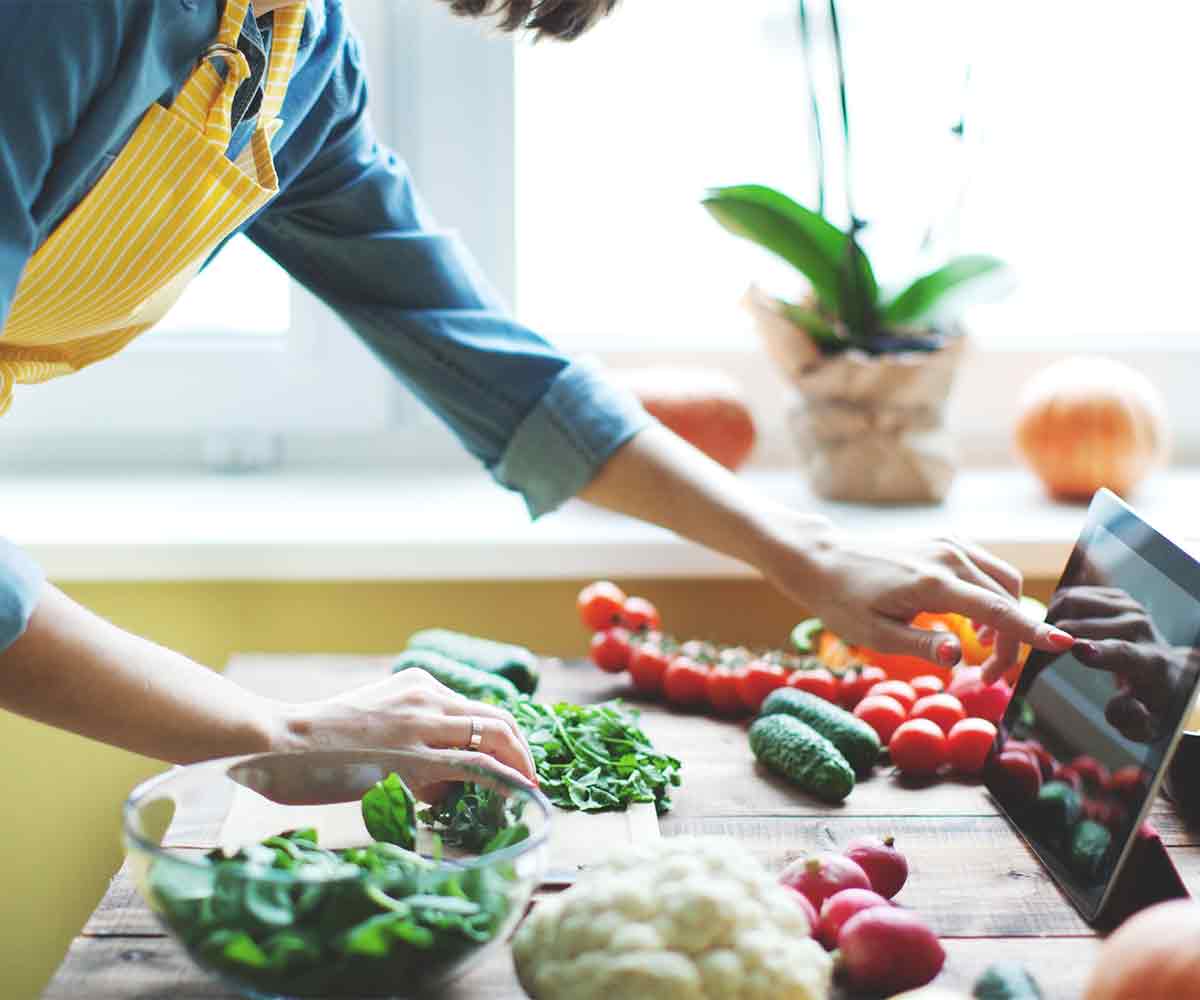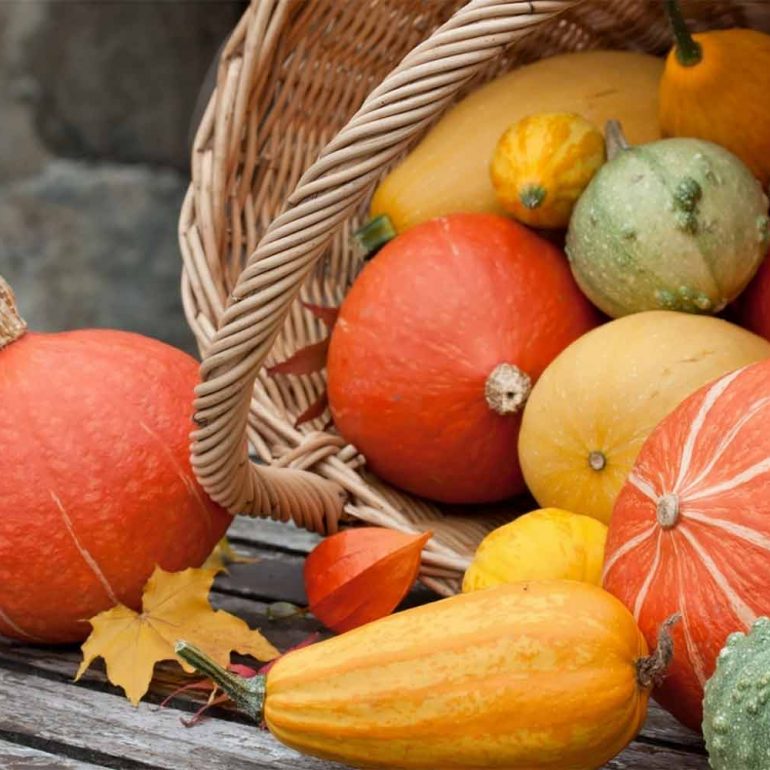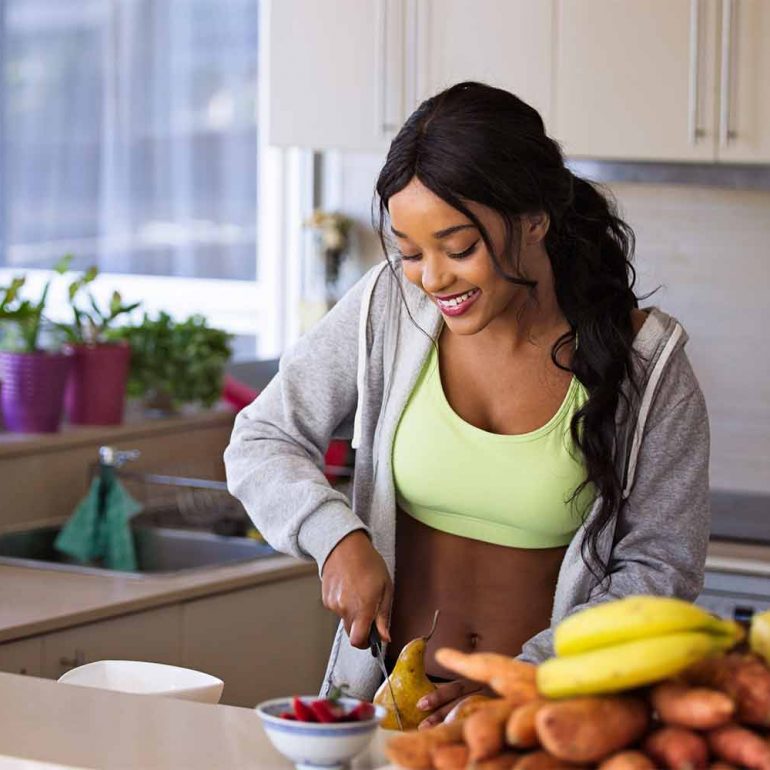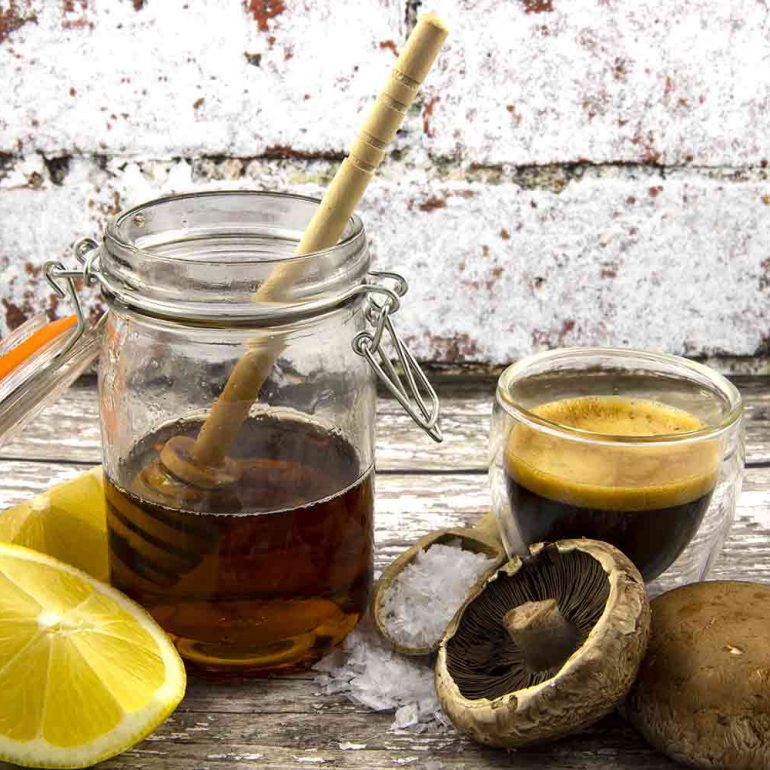It’s Easy to go Vegan
Going vegan is simply a choice you make. Many people live in their head and overthink the concept of where to begin. It’s easy: Remove all the animal food and replace it with delicious plant-based foods, the choice is yours. You can do it right now.
My Vegan Advocacy Work
Back in the time of Copernicus, most would have thought it impossible if you said that you were going to convince everyone that the Earth revolved around the Sun, rather than the other way around, but it did eventually happen! So, the past teaches us to have hope for the future. In our 90 years combined teaching, Bill and I have high hope we can all come together and make a better world, a VEGAN WORLD where humans and non-humans alike live in harmony. Success can only be achieved through education, understanding and ultimately action.
We Are All One
When we reflect deeply on our relationship with the outer world, our environment, we realise that we are never independent of its influences. Food is the link between the inside and the outside world. Our Human Ecology Diet is abundant in every vitamin and mineral required for good health, vitality and longevity. Our vision with MACROVegan is to continue to share our passion for a vegan world.
How to Rethink Protein Once and For All
Protein is a subject that always comes up when discussing veganism. When you think of the biggest animals on the planet, elephants, giraffes, buffalo – these are huge mammals – they don’t eat meat, so where do they get their protein? They eat what grows out of the ground and that is where they get their protein; it’s as simple as that. There are many foods in the plant kingdom that are especially rich in protein. All the legume family, anything that is grown in a pod, lentils, beans, chickpeas, whole grains, are full of protein, and many vegetables are rich in protein, too.
Protein is in Everything
Vegan Athletes Are Renowned For Their Athletic Excellence.
If you are getting enough calories from whole foods, such as grains, beans, legumes, vegetables, seeds, nuts, and fruits, you will obtain your requirement of protein easily, and in a healthful way. A healthy diet rejects animal products, as well as the highly processed and sugary foods that flood the marketplace.
Protein deficiency is not an issue on a vegan diet. That’s not the problem, there are plenty of amino acids, plenty of protein on a plant-based diet. In fact, the health crisis exists because people are eating way too much protein, which in fact, injures your arteries and your kidneys as it leaches calcium out of your bones. The solution is eating a diverse diet and not just focusing on two or three foods.
Eating a plant-based vegan diet does not mean living on processed foods, sweets or sugary drinks. You must eat food as grown to receive adequate daily protein. Corn on the cob is one thing, corn chips are different, potatoes are a whole food, and potato crisps are not. In our decades of health counselling, Bill and I have yet to meet someone with a protein deficiency. Only those starving to death are deficient in protein. If you are going to be adopting a whole food, plant-based diet, there are some things you must do properly. It’s not just a matter of eating snack foods or processed fake ‘meats’ and burgers, and think you are going to be healthy.
Plants are high energy foods. It’s good to note that an increasing number of athletes are switching to a vegan diet. Recent winners of long distance events like triathlons, marathons, and bicycle events are eating a vegan diet. Even professional footballers, like Lionel Messi, have made the switch. They know that they suffer fewer injuries and recover their energy better by eating plants.
Exciting Facts About Making Vegan Choices:
- Vegetables are easy to grow; any gardener can grow potatoes, carrots, greens etc., and they are inexpensive. Rice and beans are also not expensive (especially when you buy in bulk).
- Animal meat is not required to build muscle or bone. These are myths that are based on limited science and the livestock and dairy industries.
- Plants are lower on the food chain, and the environmental pollutants that are so prevalent in our food, are in low concentrations in plant-based foods. Animals that are raised for human consumption, are fed food grown with pesticides, herbicides, chemical fertilizers and drink-water exposed to industrial pollution. These contaminants are stored in the fatty tissue of the animal. They can concentrate 1000-fold as they go up the food chain. This concentration of toxic products affects all animals on land or at sea.
- Plants are environmentally friendly. You can grow 17 times more nutritional energy on a piece of land with vegetables than you can with animals raised for consumption. The difference between growing potatoes and raising beef is 100-fold.
- We are all living on a planet that is food stressed. There is a real risk of food shortage. We need to grow more food and healthy food. There are close to one-billion people (our brothers and sisters) starving to death, while nearly one-billion people are eating themselves to death. Eighty-five percent of non-communicable diseases are dietary related.
- Vegetables don’t grow microbes, they don’t grow e-coli, they don’t grow mad cow disease, and they don’t grow listeria. If a vegetable or grain does have a contaminant on it, then it originated from an animal. Animal faeces are a major agricultural pollutant.
- Vegetables taste amazing. Sweet potatoes, fresh corn on the cob, rice, etc., because they are full of natural sugars and you have taste buds on the tip of your tongue that taste sugar.
- Vegetables store well! You can dry and store potatoes for 10 years. Rice, beans, grains store in a cool place for years.
- Plant based foods are easy to travel with.
- Whole foods (not processed junk food) are great foods for weight loss. Remember, they have no fat.
- Everything that breathes wants to live, Please GOVEGAN and love all of life!
Follow our MACROVegan dietary guidelines below:
Complex Carbohydrates: Whole Grains, Beans, Vegetables, Fruits
Proteins: Beans, seeds, nuts, whole grains, seaweed
Fat: Seeds, nuts, oils, beans, tofu, tempeh, oats
Calcium: Dark greens (kale, collards, etc.), soybeans, seaweed, seeds
Iron: Dark greens, seaweed, millet, lentils, garbanzo beans, seeds
Vitamin A: Dark leafy greens, carrots, squashes, seaweed
B Vitamins: Whole grains, sea vegetables, lentils, fermented foods
Vitamin B12: Fortified foods, nutritional yeast etc., B12 supplementation
Vitamin C: Dark greens (kale, parsley, broccoli, etc.), local fruits
Vitamin E: Whole grains, unrefined oils, seeds, leafy greens
Trace Minerals: Sea salt, seaweed, organic produce
Ingredient List for a Healthy Transition to a MacroVegan Diet
Instead of: Use:
Baked goods Dairy-free cookies, muffins etc.,
White bread Wholegrain, sourdough bread or sprouted bread
Cheese Nutritional yeast, roasted tofu products
Meat Beans, lentils, tofu, tempeh
Meat stock Miso, miso bouillon, dulse or vegetable stock
Milk Rice, oat or almond milk
Pasta dishes Wholewheat, rice or spelt pasta, udon or soba noodles
Iodised Salt Natural sea salt
White rice Short grain brown rice, quinoa, barley, millet, buckwheat
Sugar Brown rice syrup, barley malt or maple syrup
Scrambled eggs Tofu, (scrambles well)
Setting Up Your Kitchen!
There are some essentials you need in the kitchen in order to make vegan cooking easy and delicious.
The Essentials:
- A sharp knife
- A wok, saucepans and soup pot
- Cutting board
- Steamer basket or bamboo steamer
- Hand blender
- Strainer
- Wooden spoons
- Mixing bowls
Stock Your Cupboard With:
- A variety of grains
- A variety of beans, dried
- Canned organic beans
- Dried sea vegetables
- A variety of noodles
- Natural sweeteners: rice syrup, barley malt, etc.,
- Dried fruit
- Seeds and nuts
- All-fruit jams
For Your Refrigerator: A colourful array of vegetables for daily use is key to a healthy vegan diet.
You Will Save Money Going Vegan
There is a huge misconception that it is expensive to eat this way. On the contrary, we hear from so many of our students and clients that they have saved up to 40% on their groceries since becoming vegan. Depending on where you live in the world, food choices vary but vegetables, beans and grains are always available.
Our Mission: To Make Vegan the New Normal
Go Vegan For:
The animals/wildlife
Ending World Huger
Peace
The Rainforest
Our Health
Our Planet
EVERYTHING
Education is the most powerful weapon which you can use to change the world – Nelson Mandela
Recipes To Get You Started
Roasted Squash & Sweet Potato Soup
1 large sweet potato
4 cups filtered water
1 organic stock cube
1 butternut squash
Extra-virgin olive oil for basting
Sea salt
4-5 cloves garlic
1 large onion, finely diced
Toasted flaked almonds for garnish
Pre-heat the oven to 190C/375°. Mix the stock with 4 cups of boiling water and set aside. Cut the sweet potato and squash in half, lengthways. Brush the cut sides with a little olive oil and a pinch of sea salt. Place the vegetables cut side-down in a parchment lined, shallow roasting tin. Add the garlic cloves (in their paper). Place in the centre of the oven for about 40 minutes or until the vegetables are tender.
When the vegetables are cool, scoop out the flesh from the potato and squash, peel the garlic and add the cloves to a saucepan with the stock along with the vegetables and the diced onion. Bring to a boil covered, and simmer for 30 minutes, stirring occasionally. Using a high-speed blender or hand blender, puree until smooth. Ladle into warm bowls and serve garnished with some flaked almonds.
Hearty Brown Lentil Soup
2 cups peeled butternut squash cut into bite size cubes
3 shallots, thinly sliced
1 large clove garlic, crushed
3 cups cooked brown lentils
1 tbsp. organic tomato paste
1 cup thinly sliced celery
2 cups thinly sliced carrots
1 tsp. dried rosemary, chopped
4 cups vegetable stock
¼ cup fresh parsley, minced
1 tsp fresh lemon juice
1 tsp fresh ginger juice
Natural soy sauce to taste
Preheat the oven to 200/400°. Put the squash into a large bowl and add a few drops of olive oil, sprinkle with sea salt, and some dried rosemary or thyme. Place the squash on a parchment lined baking tray and bake for 30-40 minutes, until the edges are crisp. Remove from the oven and set aside.
Sauté shallots and garlic in a little stock or water then add the lentils and 1 tbsp. organic tomato paste and cook for 5 minutes. Add celery and carrots, fresh thyme and the stock. Bring to a boil and simmer for 20 minutes until vegetables are soft. Stir in the fresh parsley, lemon juice and ginger juice. Add natural soy sauce to taste, approximately one tablespoon is adequate. Serve in warmed bowls, topped with some of the caramelized squash.
MACROVegan Nutritional Tip, Lentils:
Lentils are one of the oldest known sources of food dating back more than 9,000 years.
Lentils contain the highest amount of protein originating from any plant. The amount of protein found in lentils is up to 35%, which is comparable to red meat, poultry, fish, and dairy products. Lentils contain carbohydrates. They are a good source of dietary fibre and have a low number of calories. Another excellent way to have lentils is after they have sprouted because sprouted lentils contain methionine and cysteine. These two amino acids are very significant in muscle-building and strengthening of our body.
Apple or Pear Sauce
Use them together or use them separately. We adore applesauce and it’s a daily staple in our house. I always have this tasty dessert in glass jars in the fridge and it’s super for taking the edge of any sugar cravings.
4 organic apples
4 organic pears
Pinch of sea salt
¼ cup organic apple juice
Wash and peel the fruit, remove the cores and slice them into bite size chunks.
Place in a pot with a little water or apple juice and add a pinch of sea salt. Simmer, covered on a very low heat until the fruit is soft. Either mash with a potato masher or blend to a cream in an upright blender or use a stick blender. Serve in a pretty glass. You can top with some oat cream and chopped nuts if desired.
Pears are a high-fibre, low calorie snack, and they contain twice as much fibre as apples. Slice into salads, roast or bake whole for dessert.
There are a huge variety of recipes on my websites that fits every pocket. Please GOVEGAN, everything that breathes wants to live. We required healthy people to create a healthy world for all who live here, humans and non-humans alike.
A long-time vegan, lover of animals, nature and life and passionate about human ecology. As an eternal optimist, increasing the number of people worldwide to switch to a wholefood, plant-based diet and vegan lifestyle is her mission. Together with her husband Bill Tara, they have created The Human Ecology Project.




